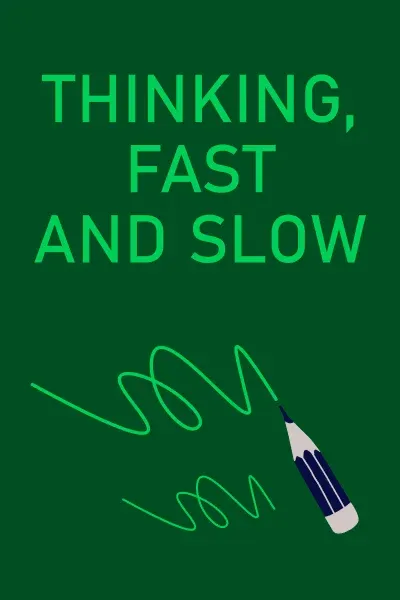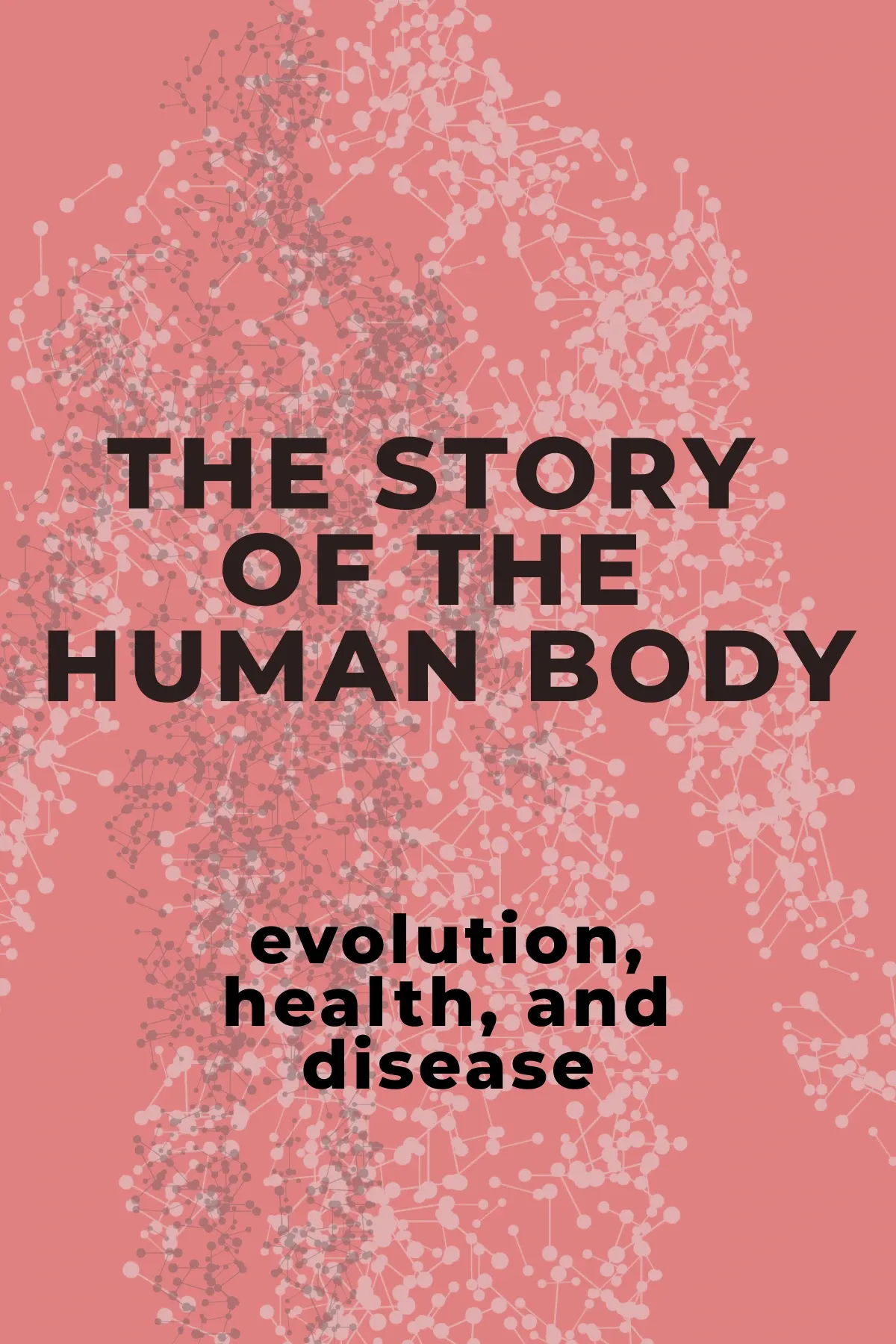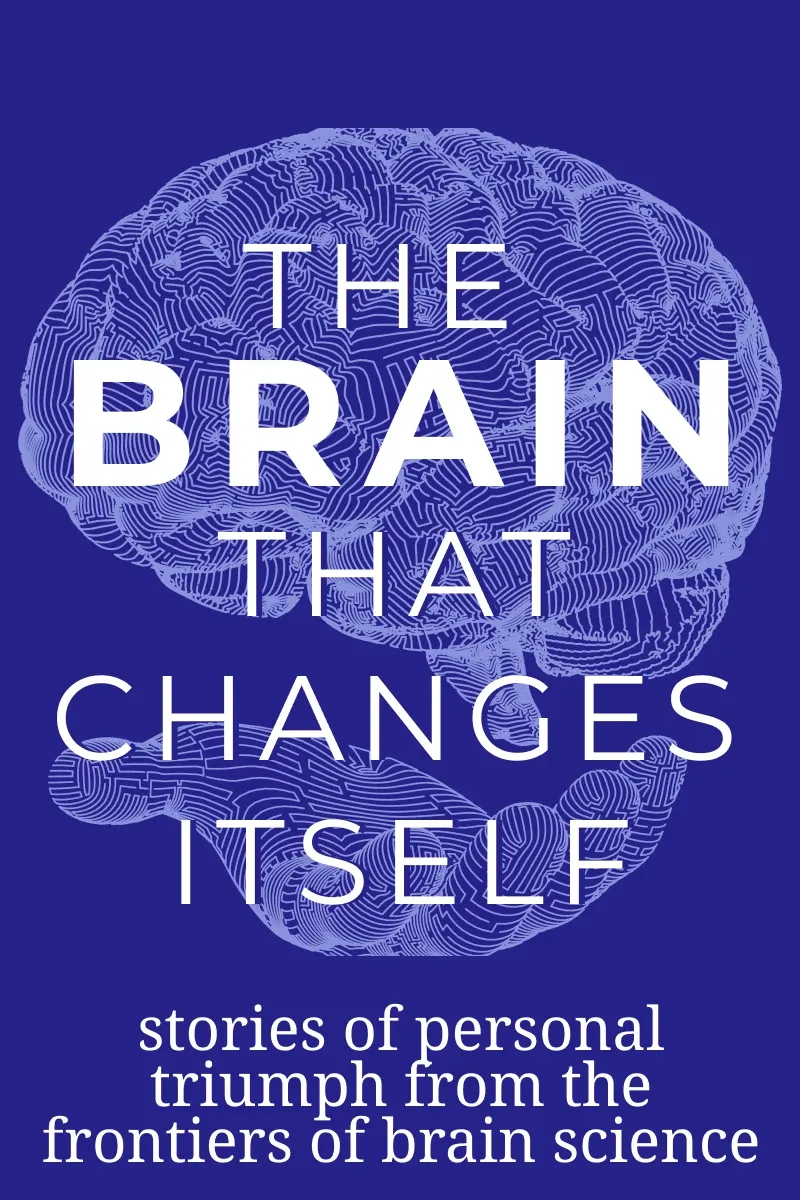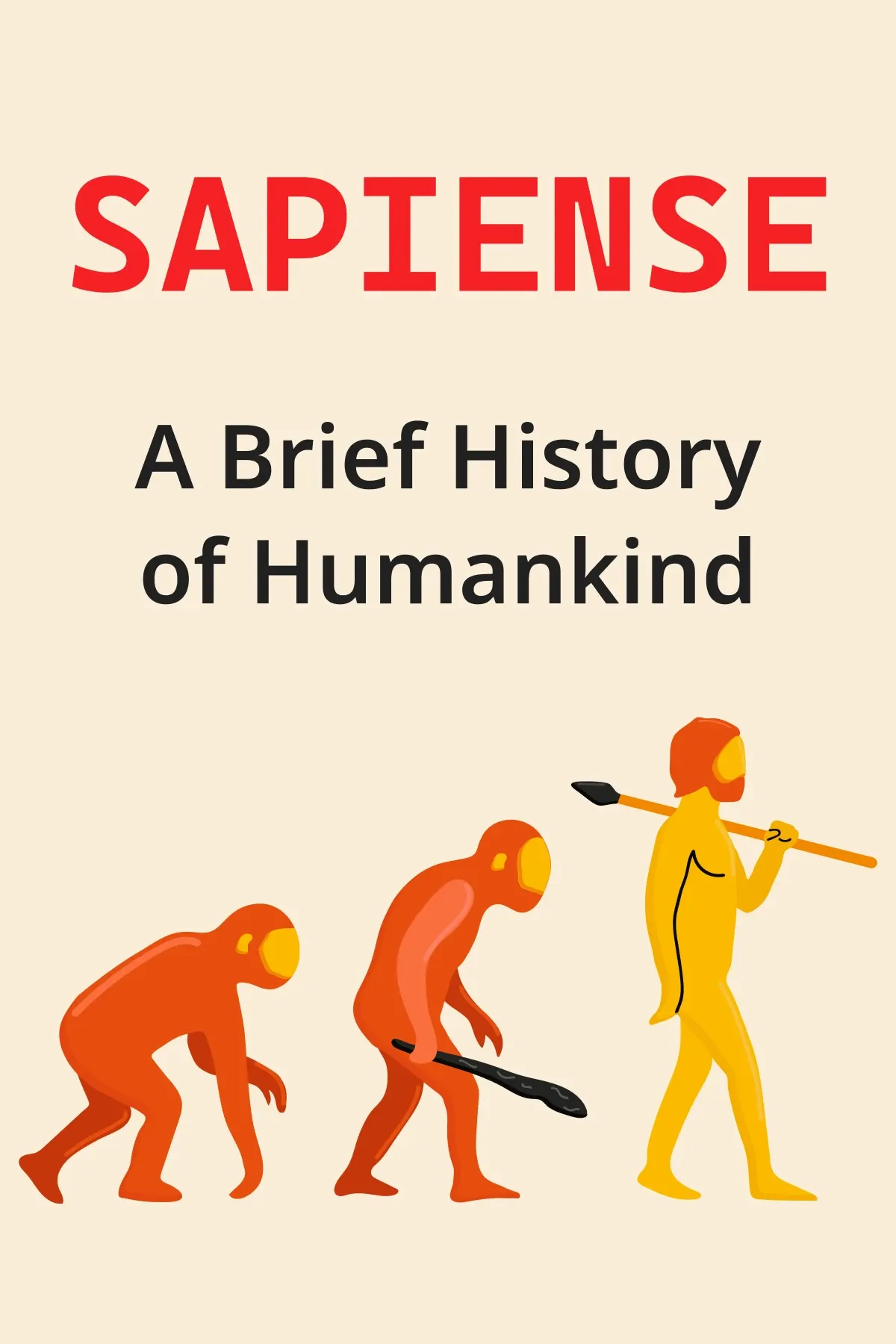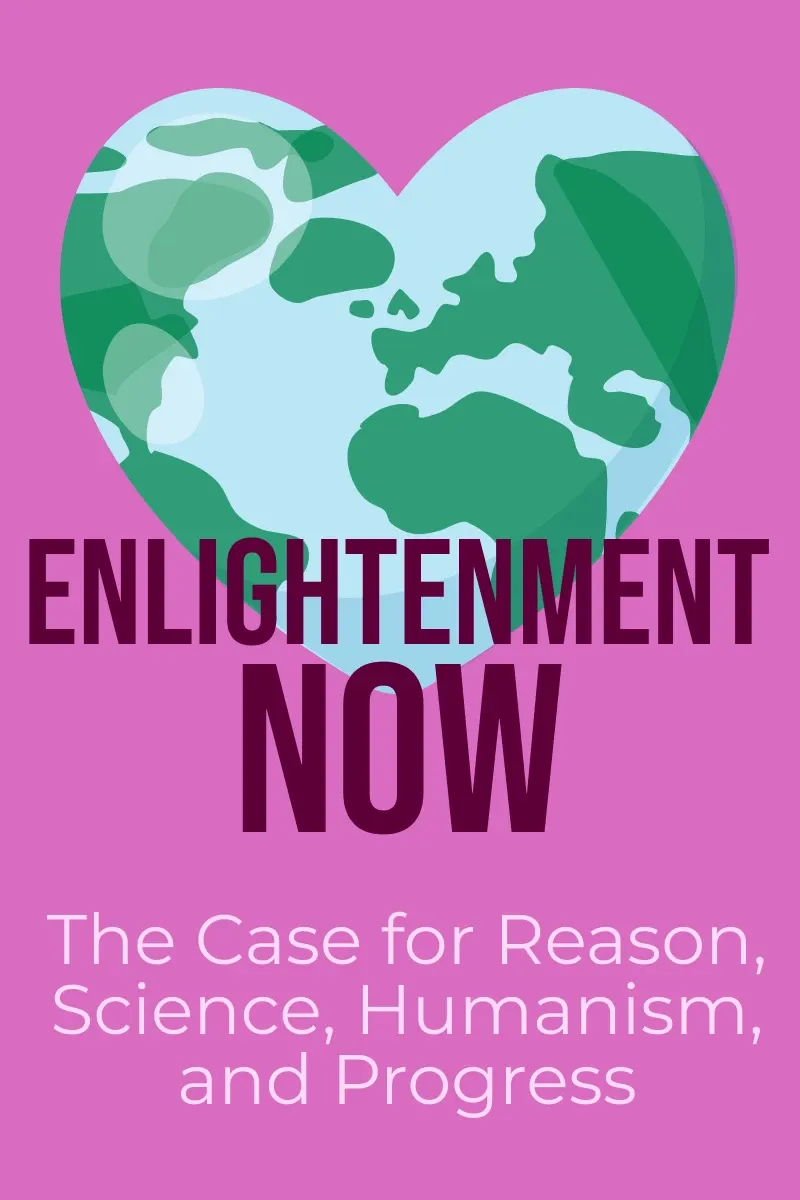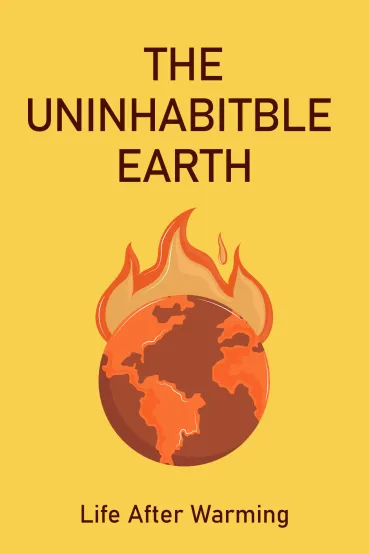
The Uninhabitable Earth
Brief Summary
“The Uninhabitable Earth” explores climate change in today’s world and how it will affect the lives of billions of people. The author dispels myths about the state of our planet and offers his vision for solving the problem of climate catastrophe.
Key points
Key idea 1 of 9
In today’s world, many skeptics claim that global warming is happening more slowly than scientists warn, while others dismiss it as nothing more than a myth. If you think so, too, we have bad news: global warming is much worse than you can imagine. Our Earth has already experienced five extinctions, which you probably read about in your school textbooks. Most people mistakenly believe that asteroids caused each of the extinction cycles. However, an asteroid only caused the extinction of the dinosaurs. All other global extinctions were brought about by climate change.
Climate change is often perceived as a problem of the future that will unfold gradually, and that we still have time to prevent it. However, this is one of the biggest misunderstandings. The rate of change is much faster than expected. The planet is already changing, and the pace is accelerating, creating a cascading effect. A prime example is melting glaciers and rising sea levels, which are exacerbating flooding, destroying agricultural land, and causing population migration.
By 2050, the number of climate refugees is expected to reach 200 million and possibly more. The cascading effect also becomes clear in natural disasters: when one region grapples with severe drought, another region may experience storms of unprecedented strength. Flooded megacities, endless refugees, and a lack of drinking water are just some of the scenarios that could become a reality in the coming decades. We people are primarily responsible for these changes. The term Anthropocene refers to the era in which human activity is the main factor influencing the planet. The current rate of change, particularly global warming, results from industrialization, fossil fuel burning, and massive deforestation. Humanity has transformed nature to such an extent that these changes have become irreversible.
But how can we stop this cascading effect? Scientists have come up with a radical idea called Half-Earth. This theory suggests that humanity will have to leave half of the Earth’s surface untouched to preserve biodiversity and mitigate the effects of climate change. This is necessary to stop the cascading impact of disasters that threaten civilization.
You may also like these summaries


